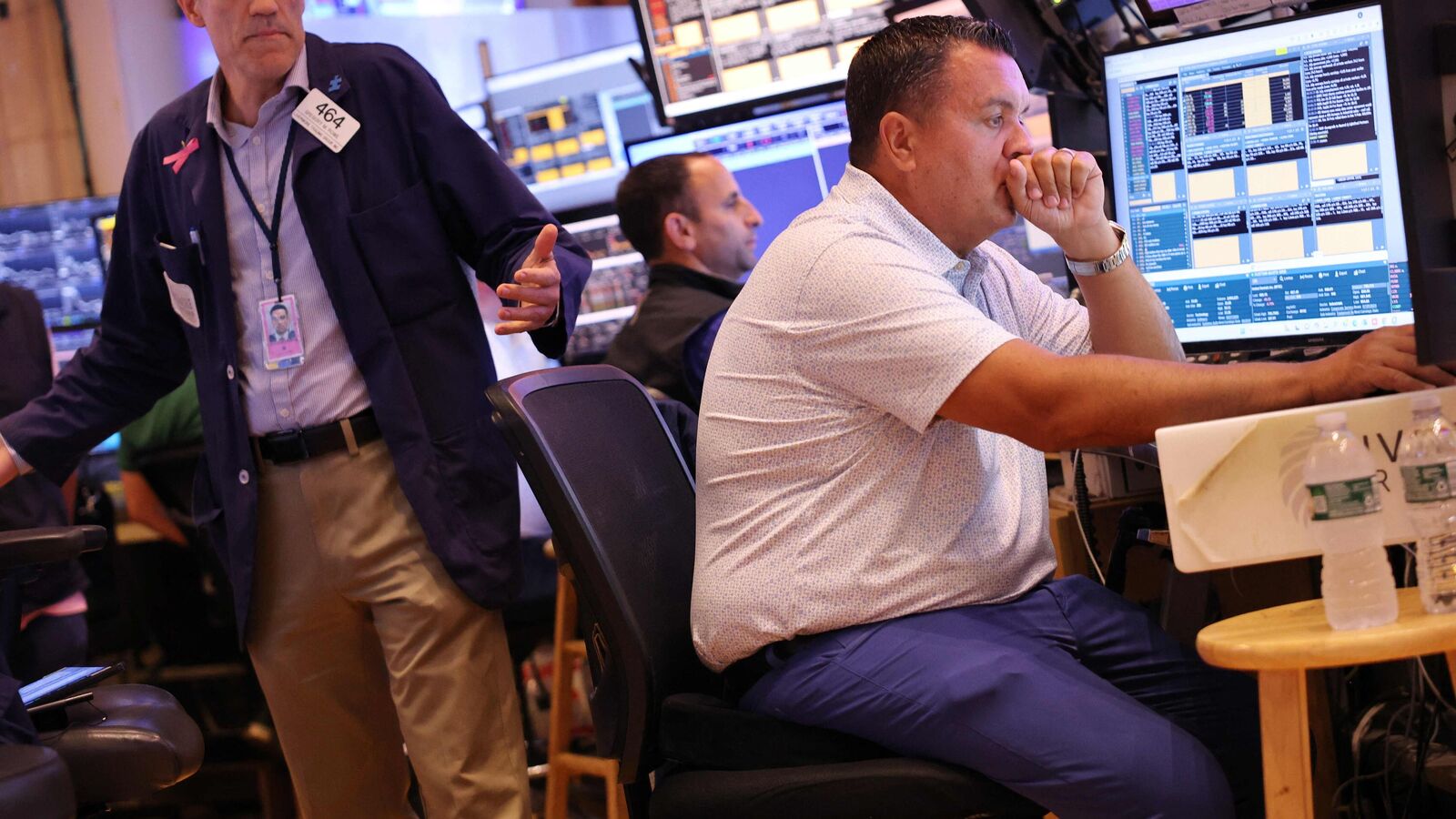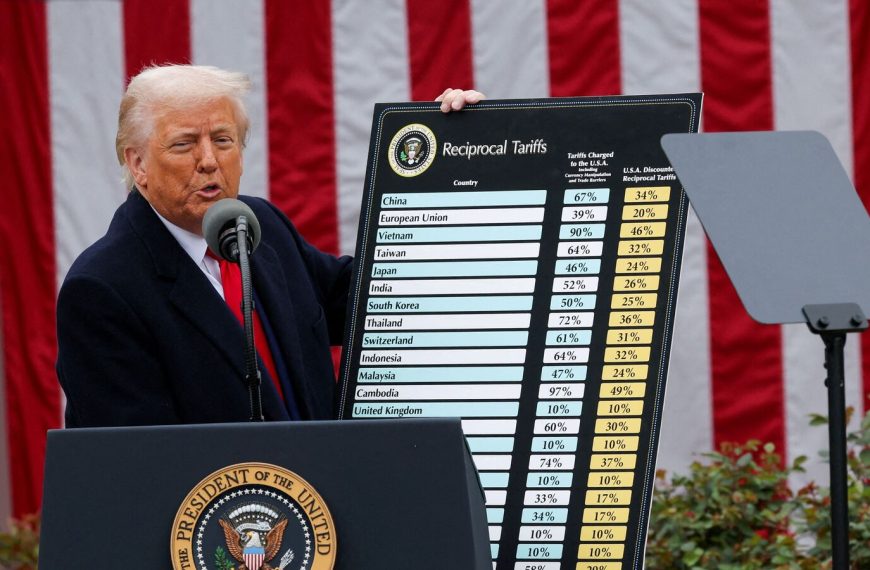The recent turmoil in U.S. financial markets has surged, with the S&P 500 index officially entering correction territory. This decline follows a provocative threat from President Donald Trump, who proposed imposing a staggering 200% tariff on wine, champagne, and various alcoholic beverages imported from France and other European Union nations. This move is seen as retaliation against the EU’s decision to slap a 50% tariff on American whiskey, intensifying existing trade tensions.
Trade Tensions on the Rise
The escalating trade disputes have stirred concerns over a potential slowdown in the U.S. economy. On Thursday, the S&P 500 dropped another 1.4%, marking a significant downturn of over 10% from its all-time high reached on February 19. This downturn officially classifies the index within correction territory, a status mirrored by the Nasdaq Composite, which has also seen a 14% decline since its last peak.
- S&P 500: Down 10% from February peak
- Nasdaq Composite: Down 14%
- Dow Jones Industrial Average: Fell 1.3%, nearing a 9% dip from its high
- Russell 2000: Approaching bear market status, down nearly 19%
The Impact of Tariffs
This ongoing sell-off is a direct result of Trump’s tariff threats, which have rattled investors. The President’s administration had previously enforced 25% tariffs on steel and aluminum imports, further straining relations with global trading partners. Trump has hinted at a range of trade penalties since his return to office in January, which has left Wall Street analysts on edge.
In contrast, Mexico is currently refraining from immediate retaliation against U.S. tariffs on aluminum and steel. According to reports, Mexican President Claudia Sheinbaum stated that Mexico will first observe how the U.S. proceeds with its upcoming tariff plans.
Economic Forecasts and Market Reactions
The financial markets are bracing for potential repercussions from these trade policies. According to S&P Global Market Intelligence, GDP growth projections for the U.S. are set to plummet from 2.8% in 2024 to 1.9% in both 2025 and 2026, followed by an even lower 1.6% in 2027. Similarly, Goldman Sachs has revised its GDP growth forecast for 2025 down to 1.7%, citing deteriorating trade policy expectations.
Additionally, Citigroup has adjusted its stance on U.S. equities, downgrading them to Neutral while upgrading Chinese equities to Overweight. This shift reflects a growing belief that the U.S. economy may lag behind other global markets in the near future.
Conclusion
The increasing uncertainty surrounding trade policies and economic forecasts has led to heightened caution among investors. With the U.S. contributing to 25% of the world’s GDP, any potential recession could have widespread implications. As the situation unfolds, market participants and policymakers alike will be watching closely to gauge the long-term effects of these trade disputes.
Stay tuned for further updates as this story continues to develop, and consider exploring how these economic shifts might affect your investments and financial strategies.










